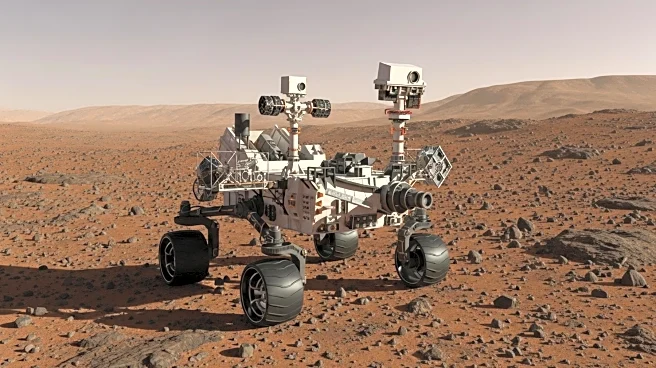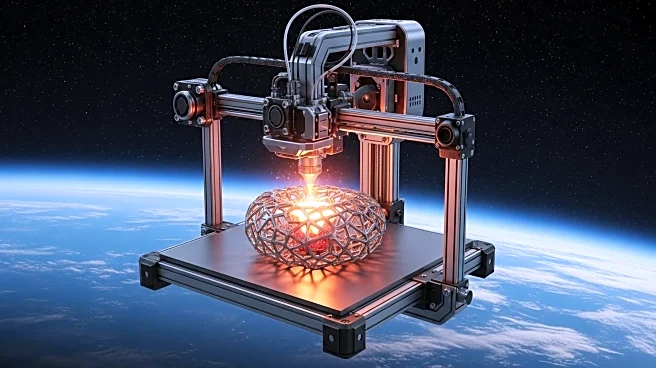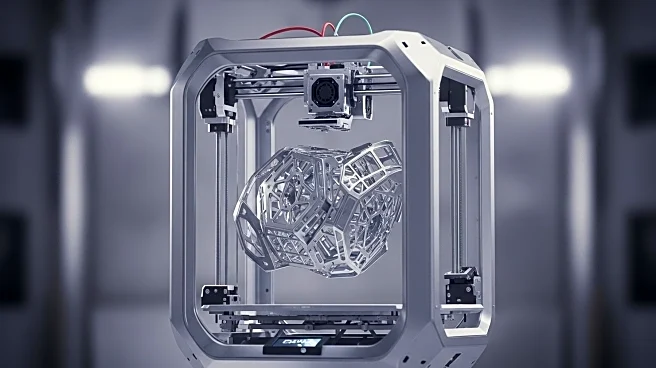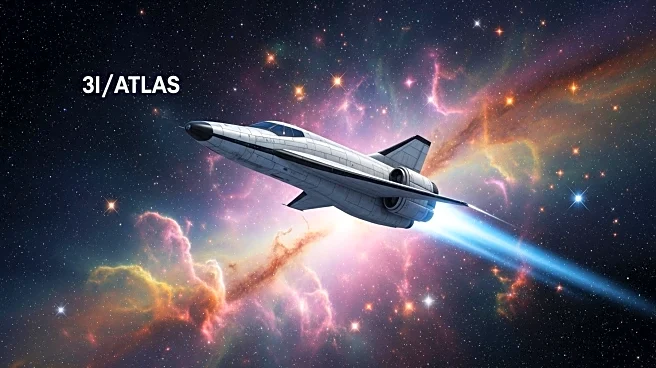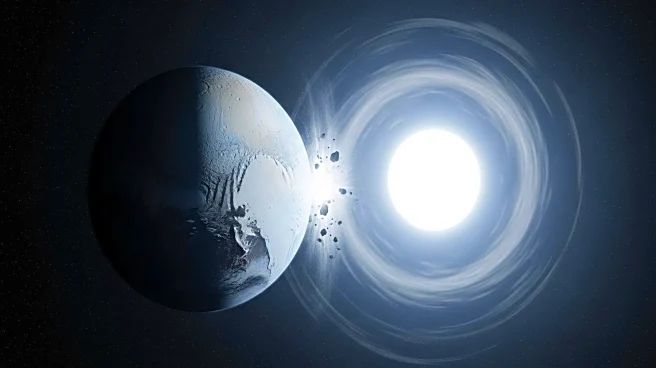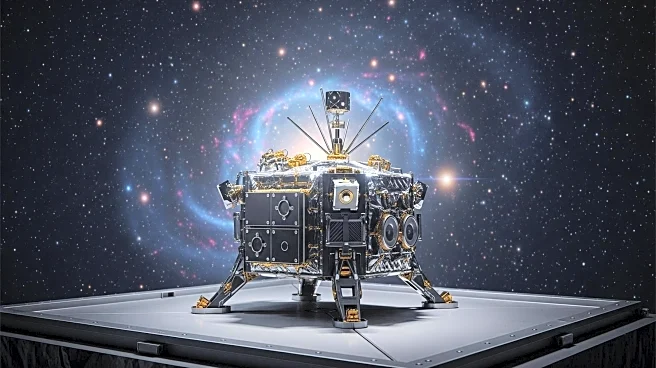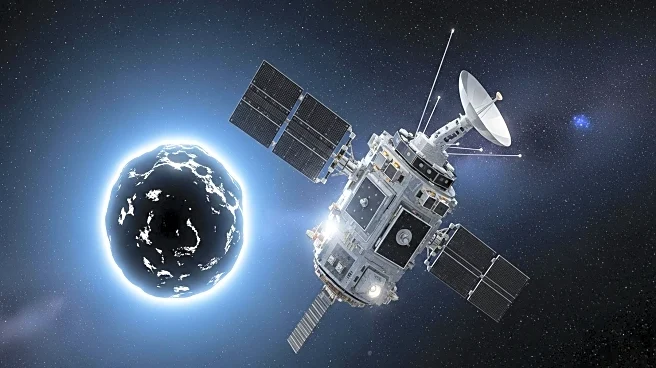What's Happening?
Astronomers have identified a rare interstellar comet, named 3I/ATLAS, making its way through the Solar System. This comet, discovered by the ATLAS survey telescope in Chile on July 1, 2025, is only the third interstellar object ever detected, following 1I/‘Oumuamua in 2017 and 2I/Borisov in 2019. 3I/ATLAS is traveling at an unprecedented speed of 210,000 km/h and is not gravitationally bound to the Sun, indicating its origin from interstellar space. The comet is estimated to be 7-8 billion years old, potentially making it the oldest comet observed by humanity. It is composed of a dusty coma rich in carbon dioxide gas and water ice, with a notable depletion of carbon monoxide, suggesting it was exposed to heat before entering interstellar space. The comet poses no threat to Earth as it will not come closer than 240 million km, remaining well beyond Mars's orbit.
Why It's Important?
The discovery of 3I/ATLAS is significant as it provides a rare opportunity to study an object from another star system, offering insights into the building blocks of distant worlds. The comet's composition and trajectory can help scientists understand the conditions and processes in other planetary systems. The presence of interstellar objects like 3I/ATLAS supports the hypothesis of panspermia, where such objects could potentially transfer organic compounds or even life between star systems. The event has captivated the public and scientific community, highlighting the advancements in astronomical detection capabilities and the potential for future discoveries of interstellar objects.
What's Next?
As 3I/ATLAS continues its journey through the Solar System, astronomers worldwide, including NASA and ESA, are actively observing the comet using various telescopes, including the Hubble and Webb telescopes. These observations aim to gather detailed data on the comet's composition and behavior. The comet will reach its closest approach to the Sun on October 30, 2025, after which it will head back into interstellar space. The data collected will contribute to ongoing research and may inform future missions to intercept and study interstellar objects.
Beyond the Headlines
The detection of 3I/ATLAS underscores the importance of automated sky surveys in identifying faint and fast-moving interstellar objects. This discovery may lead to increased interest in developing missions to intercept such objects, providing direct samples and data from other star systems. The event also raises philosophical and cultural questions about our connection to the broader galaxy and the potential for life beyond Earth.

